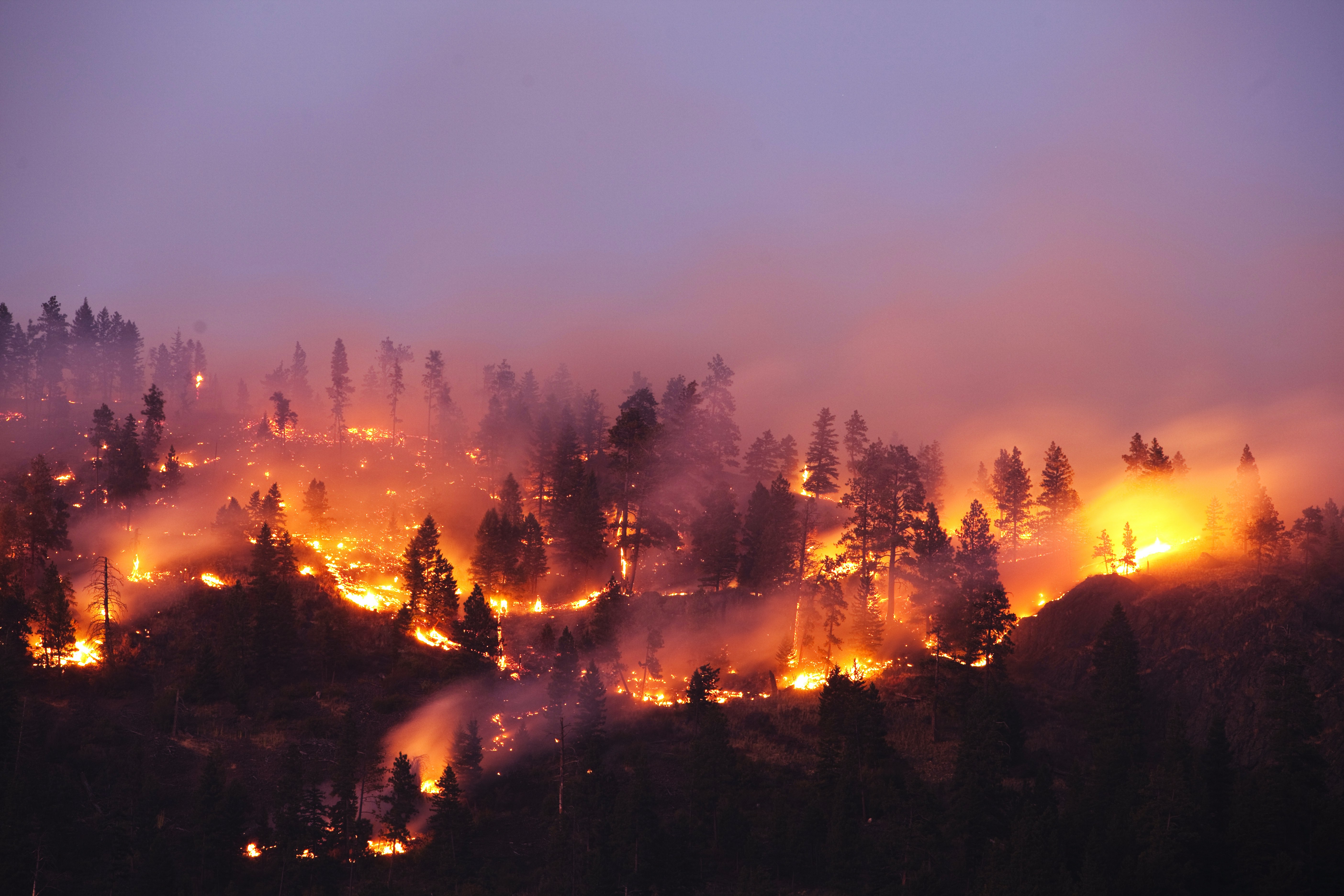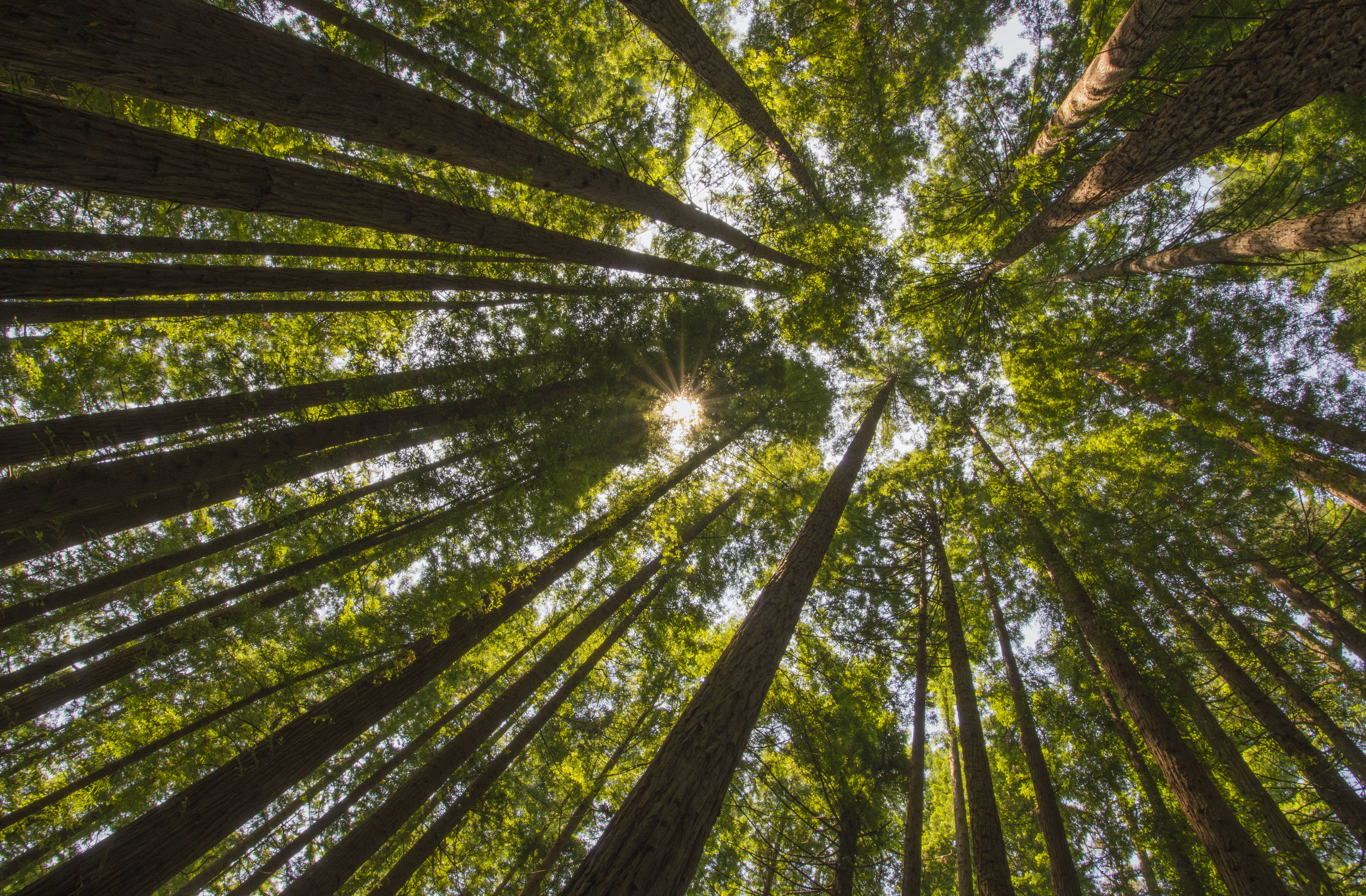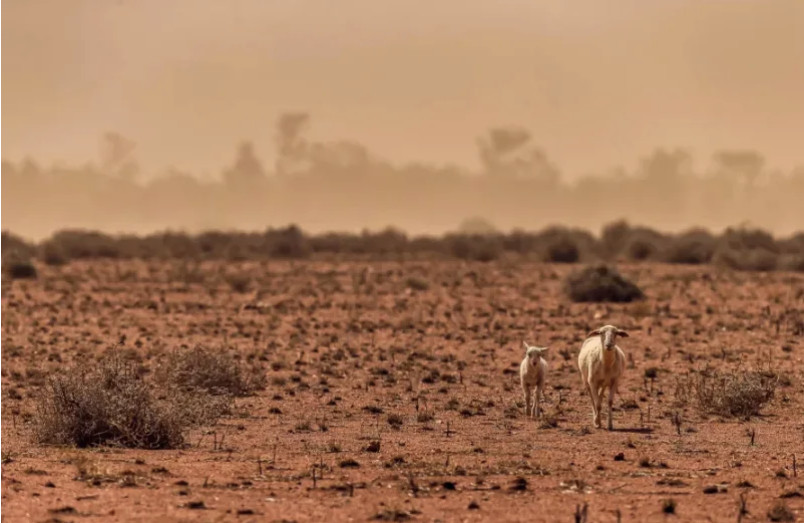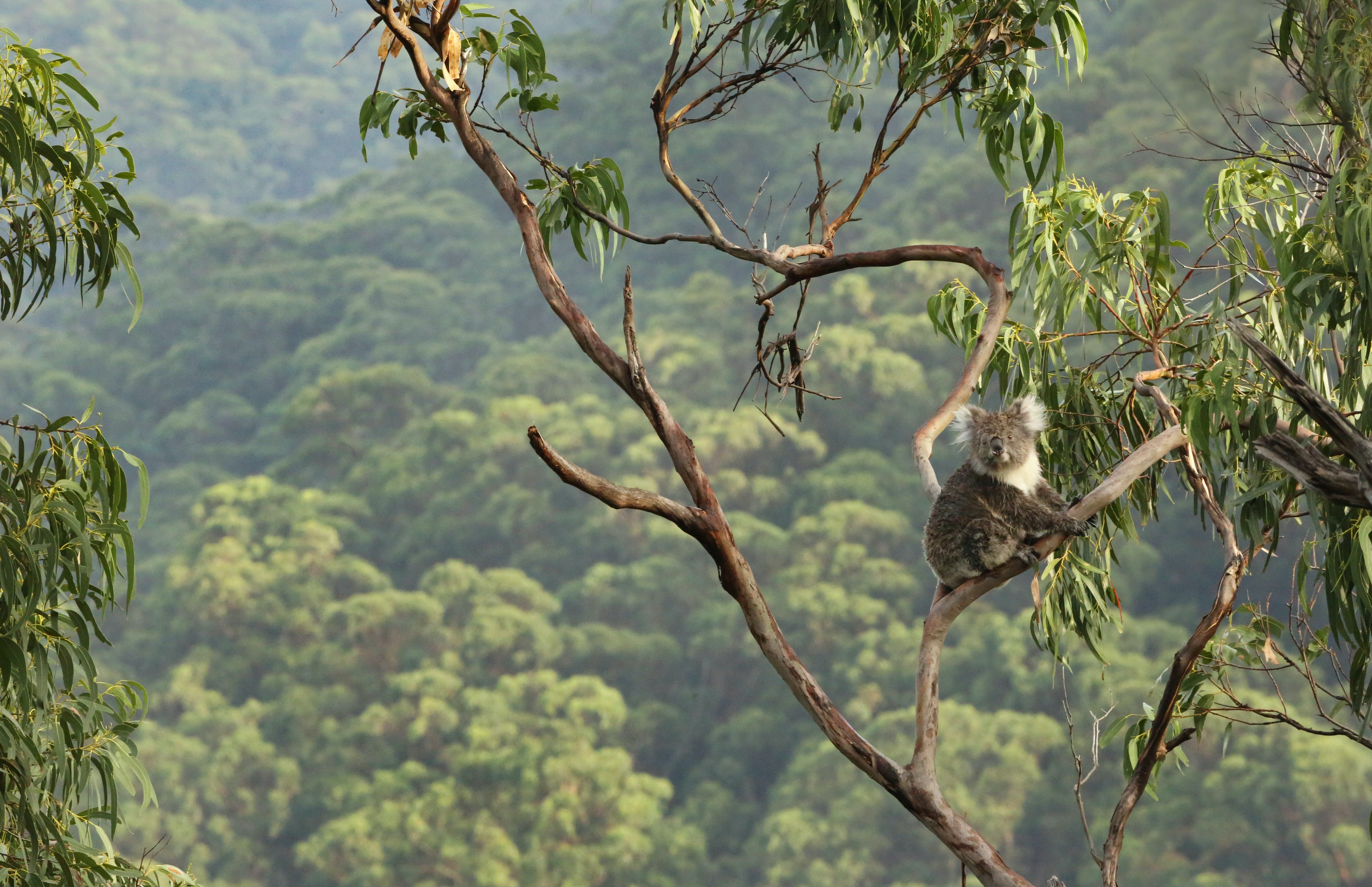
Sciences & Technology
Nature restoration no substitute for cutting fossil fuels

Greater water demand in the atmosphere means an increase in forest fire risk – for at least an extra 30 days per year – without urgent and effective climate action, finds new research
Published 30 November 2022
Wildfire is an ancient, highly diverse and complex phenomenon, not least because of humanity’s own complex relationship with it.
Luckily, there are some concepts we can use to simplify things and help us find a way to co-exist with fire.

To evaluate how fire may be affected by changes in climate, land use or management, it is useful to consider the effects on the four key limiting factors of fire.
The first is fuel, but the second factor is that it must be dry enough to burn. The third element needed is a spark to set things off (like a lightning strike) and the fourth is weather conditions to aid the fire’s spread.

Sciences & Technology
Nature restoration no substitute for cutting fossil fuels
These four processes – fuel, fuel moisture, ignition and weather – act as switches, all of which must be in the ‘on’ position for a fire to take hold.
The Earth’s forests and woodlands have an abundance of fuel. The drying of this fuel is a critical step in the transformation of these landscapes into a flammable state, one that requires only an ignition source and hot, dry, windy conditions to set off major blazes.
Many researchers are finding links between vapour pressure deficit, which is a measure of the atmosphere’s thirst, the dryness of forest and woodland fuels, and fire activity.
Vapour pressure deficit (VPD) is calculated from temperature and humidity. It describes the difference (or deficit) between how much moisture is in the air, and how much moisture the air can hold when it’s saturated. Once the air becomes saturated, water will condense to form clouds or dew on leaves.
Importantly, warmer air can hold more water, which means that VPD increases.
We refer to the air being ‘thirsty’ when the gap between full and empty air becomes bigger, meaning there is a greater demand (thirst) for the water to come out of the fuel, drying it out– a critical issue with rising temperatures due to climate change.

We decided to test the link between VPD and fires on a grand scale, looking at global climate and fire records in global forests from the last 20 years, now published in the journal Nature Communications.

We used satellite records of fire activity and a global climate dataset to find the maximum daily VPD for every fire detection – over thirty million records, including almost one million in Australia.
We then measured the strength of the relationship between VPD and fire activity for different forest types in each continent on earth.
We showed for the first time that in many forests around the world – from temperate eucalypt forests to boreal coniferous forests and tropical rainforests – there is a strong link between fire activity and how thirsty the air is at a daily timescale.
Our results show that forest fire is much more likely above a certain threshold in vapour pressure deficit.
This threshold was found to differ predictably between forest types, being lower in boreal (predominantly northern European and American coniferous forests) and temperate forests and higher in Mediterranean, subtropical and tropical forests.

Unfortunately, we found that without strong climate action, there will be many more days each year – at least 30 – when the Earth’s forests cross over into this highly flammable state. This means we’re likely to see more major fires, with all the risks that come with them.

Sciences & Technology
The fiery curse of conservation
We looked at both low and high emissions scenarios and found the risks are much greater if we fail to curb emissions.
Some of the biggest areas of concern are the Amazon rainforest and other tropical forests, as well as northern hemisphere temperate and boreal forests. Increasing forest fires will have serious implications for carbon storage in those regions.
It was recently reported that the role of the Amazon as a carbon sink may already be in decline.
Additionally, we can also expect increasing human health impacts from wildfire smoke. It is currently estimated that over 330,000 annual deaths globally are attributable to smoke inhalation, a number that could increase notably by the turn of the century, particularly In the most populated areas of east Asia.
Our next research focus will be exploring the links between fire, VPD and climate change in more detail here in Australia, as well as taking a closer look at the forests and regions where VPD is not the main driver of fire.

The presence of reliable links between atmospheric dryness and forest fire risk in many regions means that we should be able to develop better fire predictions, at both seasonal and near-term scales.
This could have significant benefits for those currently trying to fight, manage and coexist with fire.
The research team also included Ross Bradstock, Applied Bushfire Science Program, NSW Department of Planning, Industry and Environment, Parramatta, Australia
Banner: Shutterstock